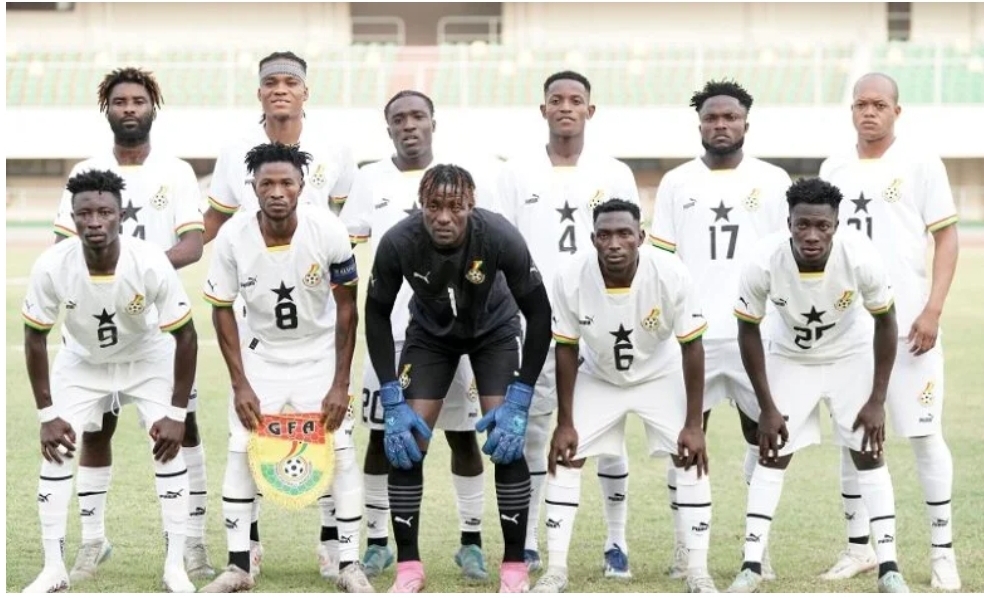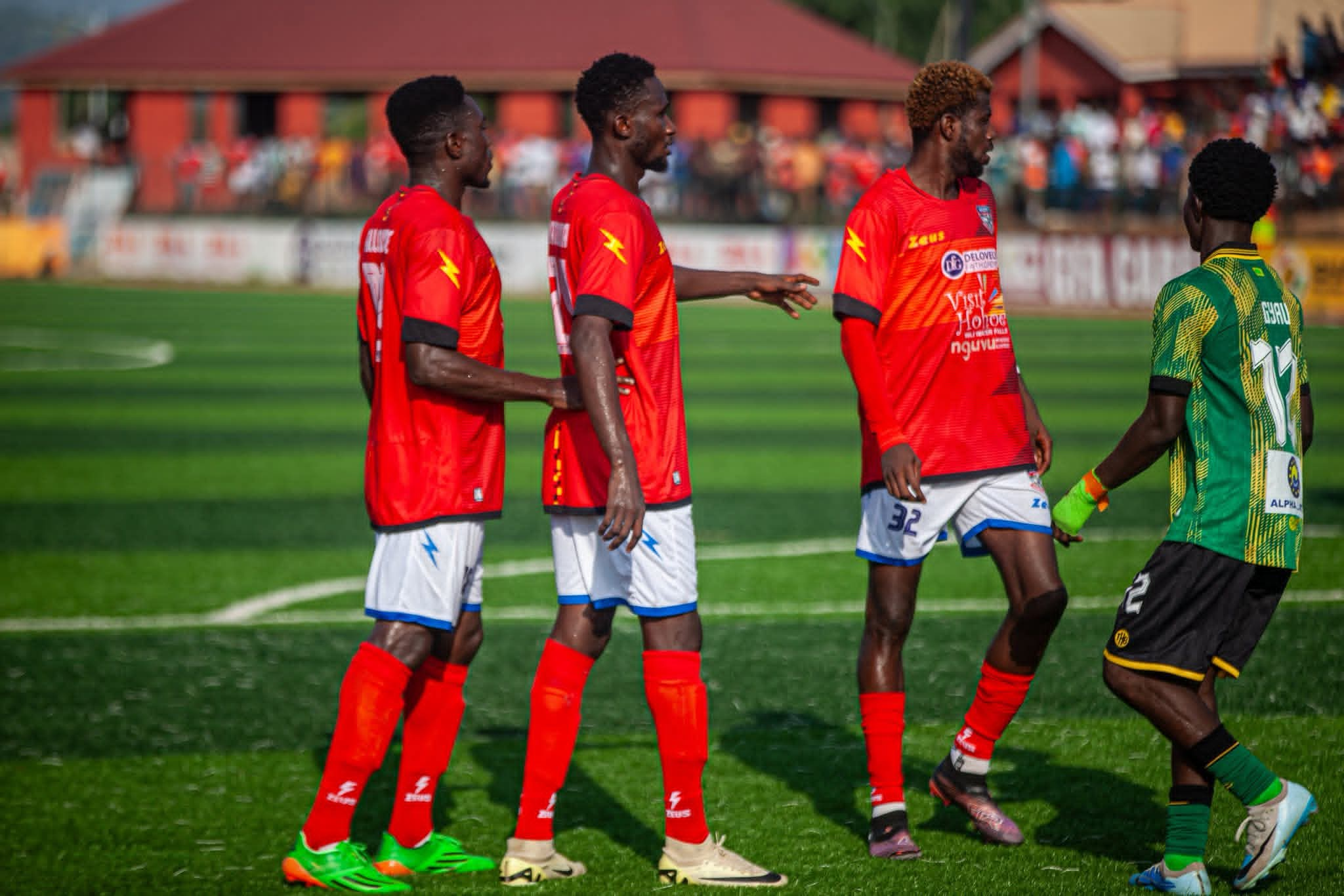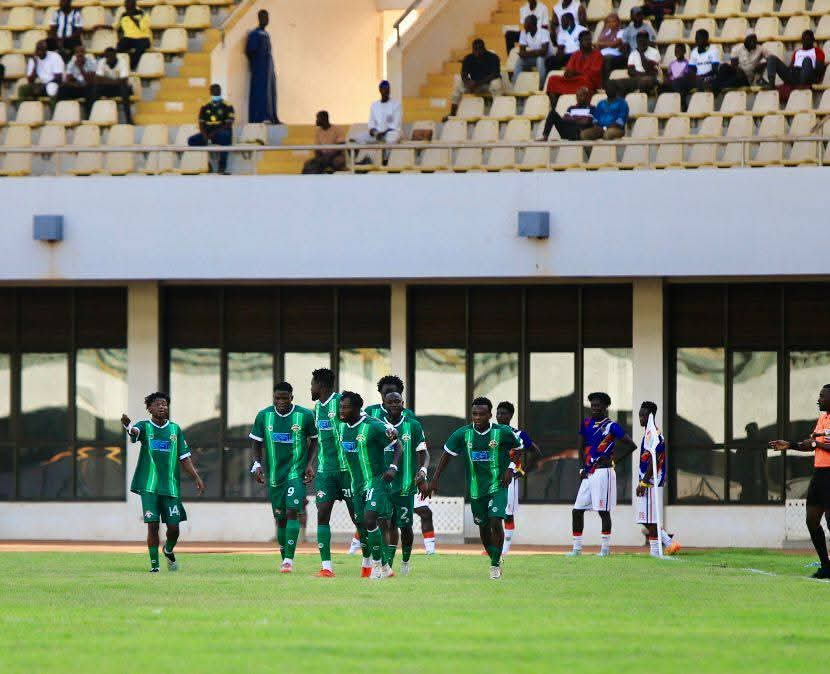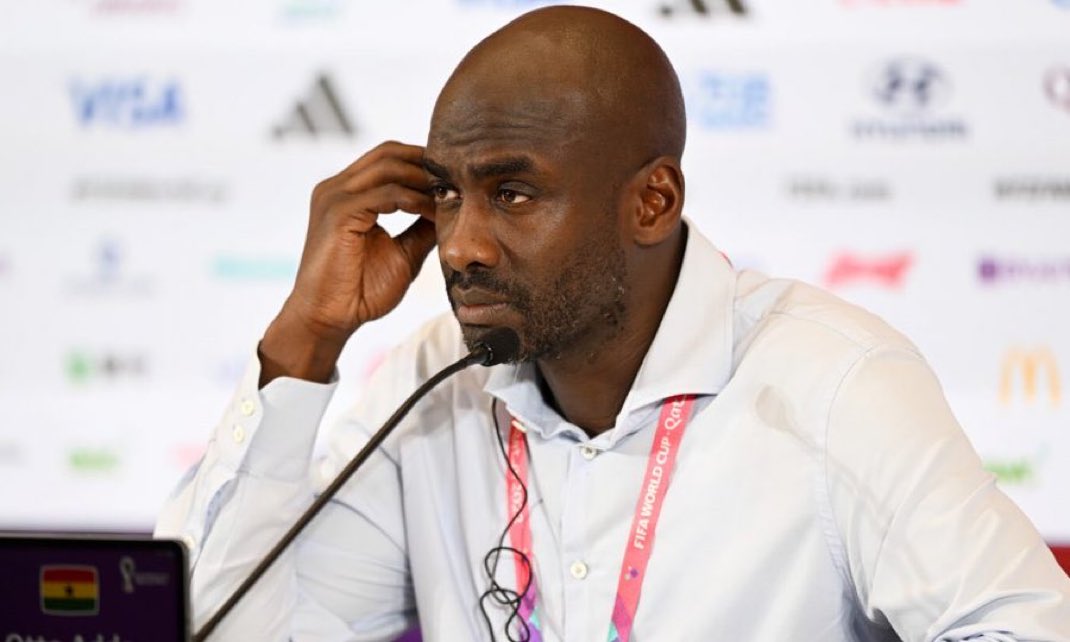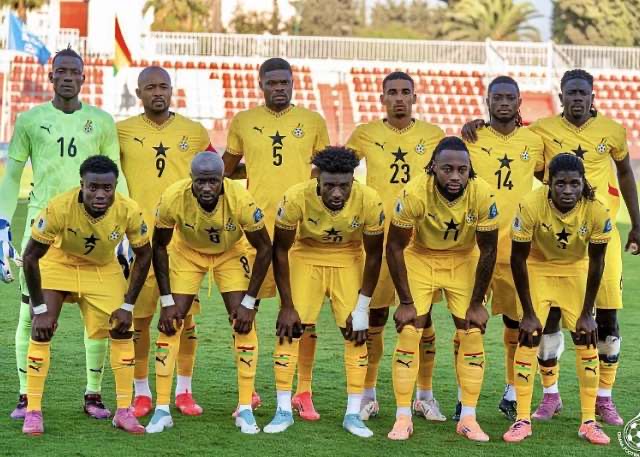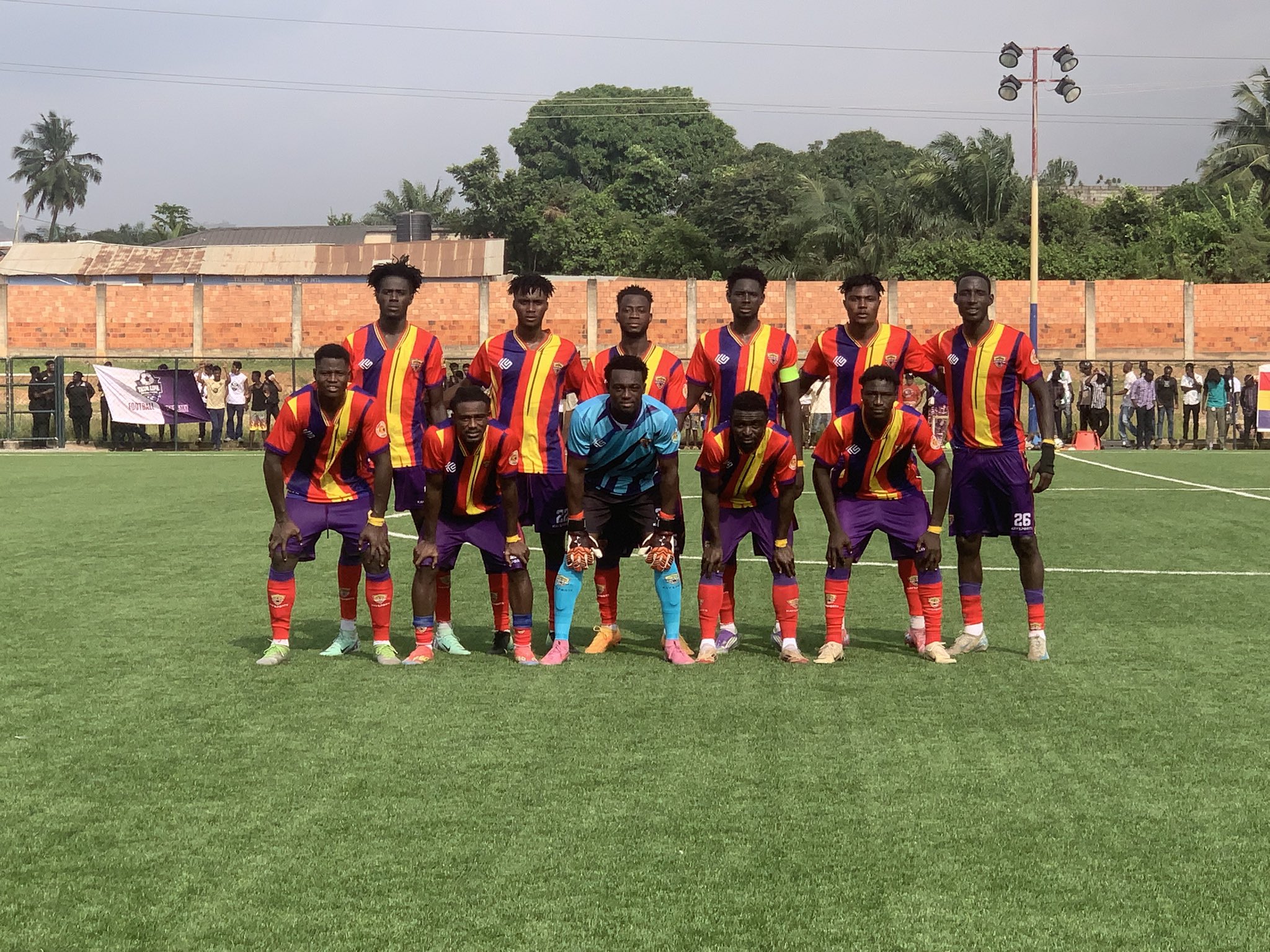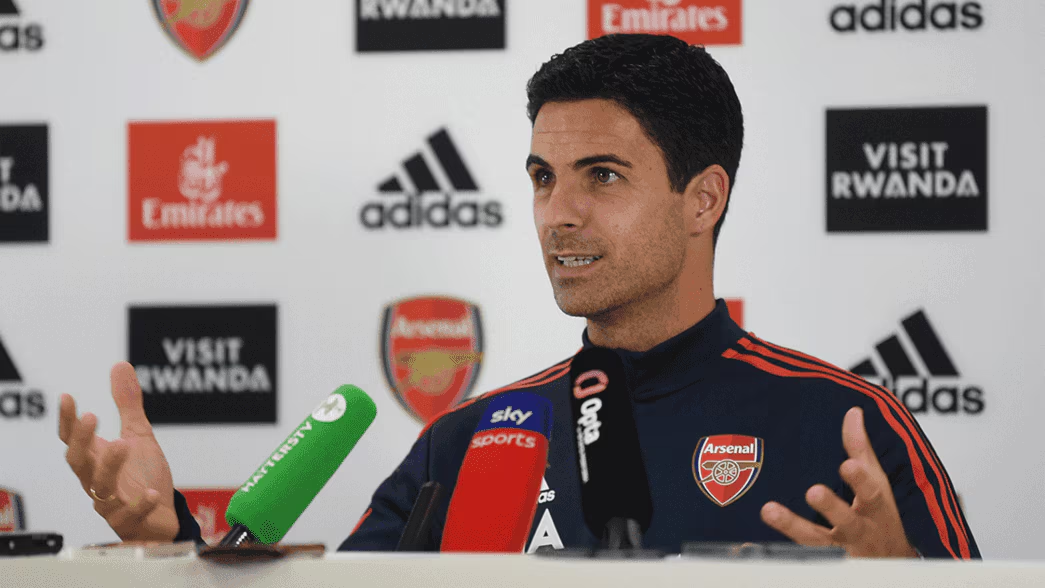FIFA’s report on women’s football raises concern for African women’s league.
FIFA’s Benchmark Report: Implications for African Women’s Football leagues

World football governing body, Inside FIFA, in a groundbreaking analysis on global women’s football, released a comprehensive benchmark report based on data collected from 669 clubs across 86 leagues.
This report raises several questions regarding the state of women’s football in Africa and whether the findings can be applied to African clubs.
The FIFA report categorized clubs into three tiers, with Tier 1 representing elite clubs competing in top leagues, while Tier 3 comprises those in less competitive environments.
Read more: Samuel Osei Kuffour: My 1991 U-17 World Cup win remains most cherished
Notably, Tier 1 leagues generated an average revenue of $4.4 million, a stark contrast of the $76,000 average generated by Tier 3 leagues. This disparity in financial performance does not even reflect the challenges faced by lower-tier clubs in Africa.
One of the report’s key findings indicates that leagues with three different champions over the past three seasons enjoyed higher broadcast revenues, averaging $325,000, compared to $252,000 for leagues with a single champion. This is an indication that competitive diversity can enhance financial viability.
Although FIFA did not identify the leagues, but presently in Africa, only South Africa has major investors for division 1 and division 2 women’s league, in Hollywood Bets and Sasol, besides government start off fund.

The report further sheds light on officiating standards, revealing that 55% of leagues utilize communication gadgets, while only 9% have adopted Video Assistant Referee (VAR) technology on the global stage. This raises questions about the quality of officiating in African leagues, where the implementation of such technologies is nearly nonexistent.
Regarding player salaries, the global average stands at $10,900 gross, driven largely by earnings in higher-tier clubs. However, the report leaves a critical gap regarding the remuneration of women players in Africa’s first division leagues. This is unparallel to the earnings of many players in African leagues. For example, Nigerian players earn an average of $100, while Ghanaian players earn between $50 to $100 dollars.

“The FIFA Benchmarking Report on Women’s Football plays a crucial role. By providing valuable data and insights, this report helps clubs, leagues and stakeholders worldwide gain a better understanding of the factors that drive success, from governance and financial sustainability to fan engagement and player welfare,” FIFA president Gianni Infantino said.
“It serves as a roadmap for continued progress, ensuring that we build on the solid foundations already in place”.
Attendance figures also reveal disparities, with Tier 1 clubs averaging 1,713 spectators, Tier 2 at 480, and Tier 3 at 380. The report highlights that 77% of clubs implement at least one fan engagement initiative, such as enhanced food and beverage options, raising the question: will fans at matches like those of Rivers Angels or Ampen Drakoa Ladies be open to elite hospitality package?
Furthermore, the report indicates that clubs in Tiers 1 and 2 that leverage data for fan engagement and business decisions experience higher attendance rates. This prompts a critical inquiry into how many African leagues actively collect fan data for marketing and engagement purposes. Could a two-year telemarketing initiative yield positive results for these clubs?
FIFA’s commitment to advancing women’s football is evident through partnerships such as the CAF Women’s Champions League, aimed at increasing competition within the continent. The report also recommends that leagues seek support through FIFA’s Women’s Football Development Programme, which provides access to vital resources like the FIFA Forward funding.
However, only 44% of leagues currently meet the necessary criteria, which include a minimum six-month league duration, 99 matches, and participation from up to 10 teams. This calls for strategic improvements and increased investment in the sport.
The future of women’s football in Africa hinges on addressing these challenges and capitalizing on the opportunities presented by global trends.
Topics:
Subscribe to Our Newsletter
Keep in touch with our news & offers



